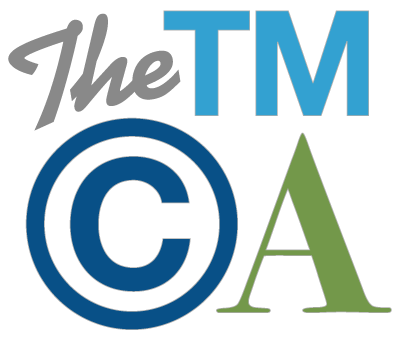Strike a Pose and Say “Trademark”
 After visiting Rio to experience the Olympic Games a few weeks ago, I still feel like a winner. One athlete who won big in Rio was Usain Bolt, who took home three medals in three Track and Field events during the Games this year. Over the years, Bolt has built an impressive list of accomplishments: the title of the “World’s Fastest Man” and the fastest human ever timed, nine Olympic medals won over three consecutive Olympic Games, the 100 meter dash world record, and . . . two U.S. trademark registrations of himself “bolting.”
After visiting Rio to experience the Olympic Games a few weeks ago, I still feel like a winner. One athlete who won big in Rio was Usain Bolt, who took home three medals in three Track and Field events during the Games this year. Over the years, Bolt has built an impressive list of accomplishments: the title of the “World’s Fastest Man” and the fastest human ever timed, nine Olympic medals won over three consecutive Olympic Games, the 100 meter dash world record, and . . . two U.S. trademark registrations of himself “bolting.”
“Bolting” is the name of Bolt’s signature pose where he leans back with one arm to the sky and the other pulled back by his ear, which makes his body look a little like the shape of a lightning bolt. In 2010, Bolt successfully registered two versions of his Bolt pose in the U.S. Patent and Trademark Office.
So, how was Bolt able to obtain trademark registrations for his signature pose?
A trademark is defined as any word, name, symbol, or device or any combination thereof used by an individual to identify and distinguish the individual’s products or services from those manufactured or sold by others, to indicate the source of the products or services. Shapes, sounds, fragrances, and colors, though not enumerated in the trademark statute, are potentially registrable as trademarks if they are distinctive and non-functional.
Physical poses and the actual physical configuration of body parts do not qualify as trademarks in the abstract (although certain poses or physical movements could potentially be copyrightable, for example in ballet choreography). However, the stylized silhouette or image of a person striking a pose can be protected under trademark law if used as a symbol or logo to identify the source of a product or service. Here, Bolt obtained his trademark registrations by turning the silhouette of himself “bolting” into a symbol used to identify the source of the goods and services listed in his trademark applications. Among the goods Bolt claims to sell under his Bolt design are hand-held electronic games, books and signage, clothing, athletic gear, sports equipment, and sports drinks. The services that Bolt claims to offer under the Bolt design are, among others, “entertainment and sporting and cultural activities, namely personal appearances by a sports celebrity.”
Athletes have been creative in leveraging their icon status into personal brands for years. But a personal brand is a broader concept than a trademark that is registrable for specific goods and services. Only recently have athletes used federal trademark registrations to protect their individual brands. In contrast, on the corporate front, Nike has owned U.S. trademark registrations for the “Jumpman” symbol, which was derived from a picture of Michael Jordan while dunking, since 1989. More recently, some individual athletes have trademarked their signature nicknames (“King James”) and catchphrases (“Beastmode”). Other athletes have fashioned and trademarked the names of their signature pose to build a personal brand, such as Tim Tebow and his “Tebowing” and Colin Kaepernick and his “Kaepernicking.” Bolt, however, has taken his branding a step further and obtained federal trademark registrations for his name, his catchphrases, and his signature pose.
As athletes become more creative in developing their personal brands, they will likely seek additional ways to commercialize and protect an investment in their brands. Perhaps this could lead to new legal precedent which would allow athletes to protect their signature dance or iconic ritual, such as LeBron James’ signature chalk toss which he does before each game – but likely only if these are attached to the sale of goods and services. Like the track and field records that Bolt has shattered over the years, so too may the bounds of trademark law be pushed to new limits.







